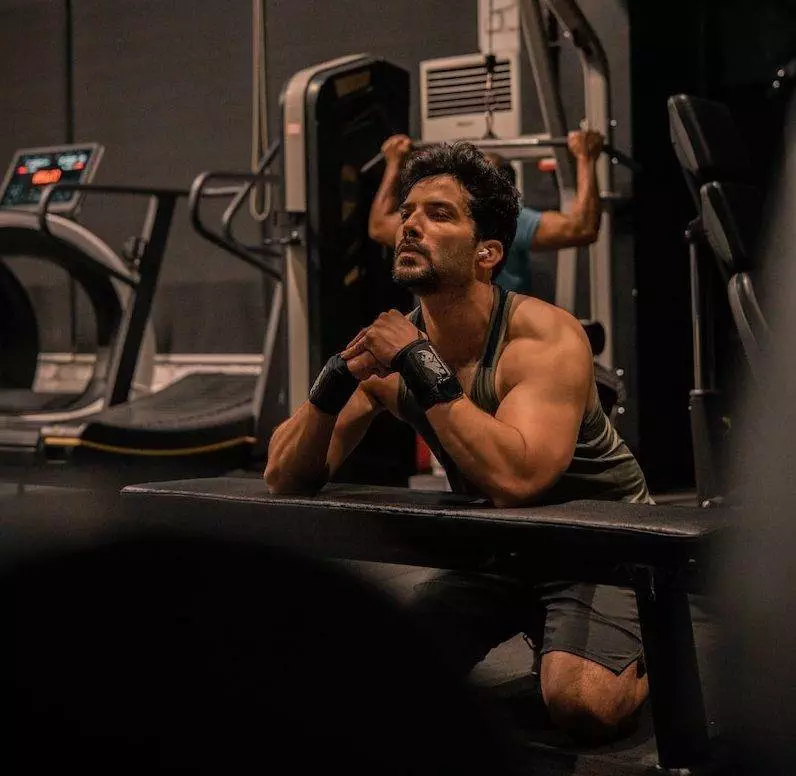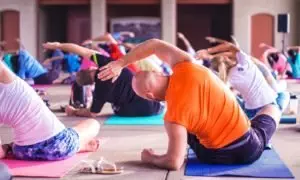In the quest for achieving a well-rounded fitness routine, it’s essential to pay attention to both strength training and flexibility exercises. A crucial aspect often overlooked is proper stretching, which plays a vital role in preventing injuries, improving range of motion, and optimizing muscle performance. In this comprehensive guide, we dive deep into the world of biceps stretches, exploring their benefits, techniques, and how they can be incorporated into your fitness routine for optimal results.
Benefits of Biceps Stretch:
- Increased Flexibility: Regular biceps stretching exercises promote greater flexibility by elongating the muscles and tendons. This improved flexibility allows for a wider range of motion during various exercises and daily activities.
- Enhanced Muscle Performance: By incorporating biceps stretches into your routine, you can optimize the performance of your biceps muscles. Increased flexibility helps prevent muscle imbalances, reducing the risk of strains and enhancing overall muscle strength.
- Injury Prevention: Tight biceps muscles are more prone to strains and tears. Stretching these muscles regularly helps alleviate tightness, reducing the risk of injuries during physical activities or workouts.
- Improved Posture: Tight biceps can contribute to poor posture, leading to muscular imbalances and discomfort. Regular stretching can help correct posture, relieving tension in the upper body and promoting a more aligned and balanced physique.
Effective Biceps Stretching Techniques:
- Standing Biceps Stretch: Stand tall with your feet shoulder-width apart. Extend one arm forward, palm facing upward, and gently grab the fingers with your opposite hand. Pull the extended arm across your body until you feel a stretch along the biceps. Hold for 20-30 seconds and repeat on the other side.
- Wall Biceps Stretch: Stand facing a wall and place your palm flat against it, fingers pointing downward. Slowly rotate your body away from the wall, keeping your arm extended, until you feel a stretch in your biceps. Hold for 20-30 seconds and repeat on the other side.
- Seated Biceps Stretch: Sit on the edge of a chair and place your hands behind you, palms resting on the seat, fingers pointing forward. Slide your hands backward while keeping your palms on the seat until you feel a stretch in your biceps. Hold for 20-30 seconds.
Incorporating Biceps Stretch Into Your Fitness Routine:
- Pre-Workout: Perform biceps stretches after a warm-up and before starting your strength training routine. This helps prepare the muscles for the upcoming exercises and prevents excessive strain.
- Post-Workout: Finish your workout with biceps stretches. This aids in the recovery process by reducing muscle soreness and tightness.
- Rest Days: Dedicate specific days to focus on stretching exercises, including biceps stretches, to improve flexibility and prevent muscle imbalances.
Conclusion:
Don’t underestimate the power of incorporating biceps stretches into your fitness routine. Regularly stretching your biceps not only improves flexibility but also enhances muscle performance, prevents injuries, and promotes better posture. By incorporating the effective stretching techniques outlined in this guide, you can unlock the full potential of your biceps muscles and take your fitness journey to new heights. Remember to consult with a fitness professional or physical therapist if you have any specific concerns or medical conditions before starting any new exercise routine.
You have visited 0 post(s)



















